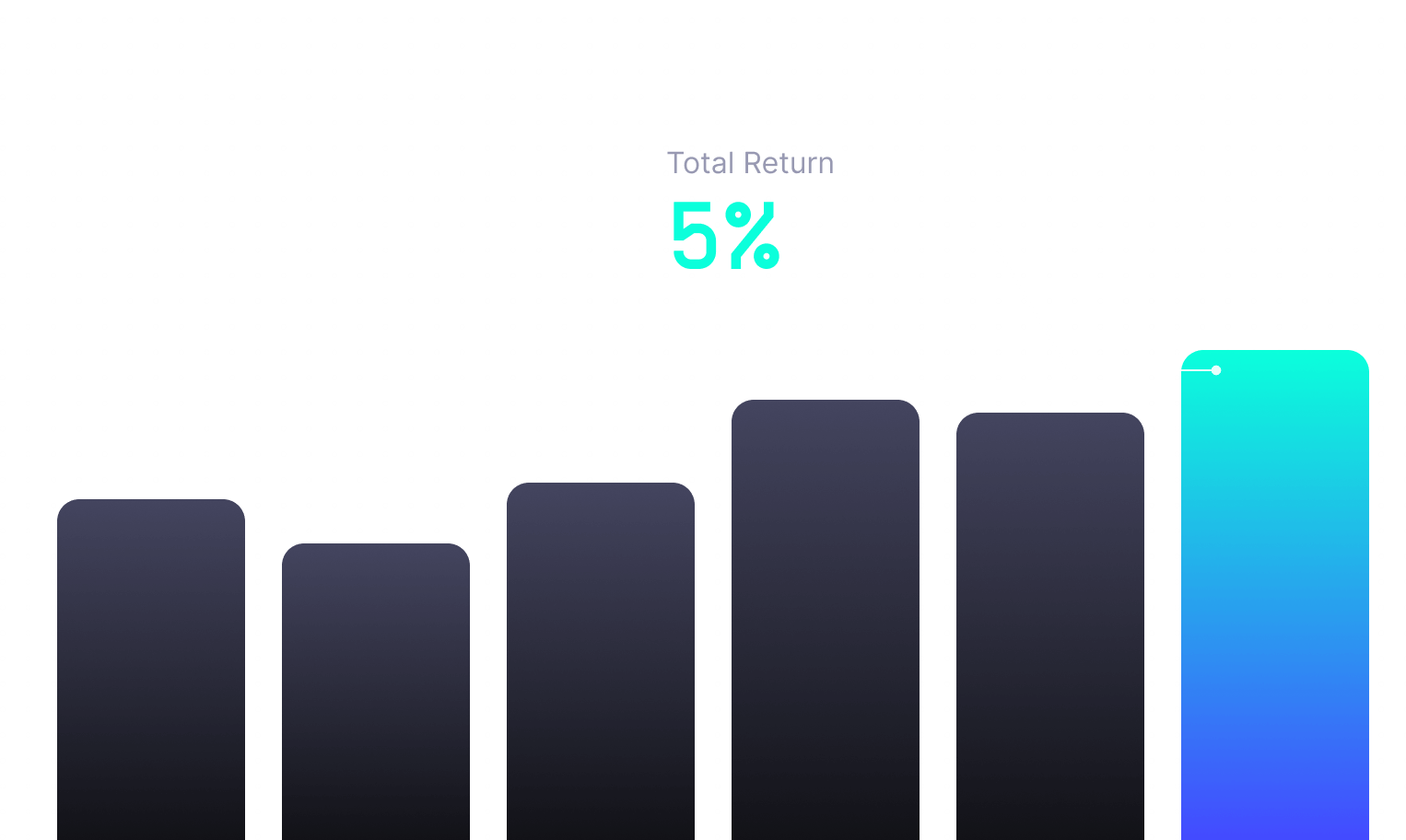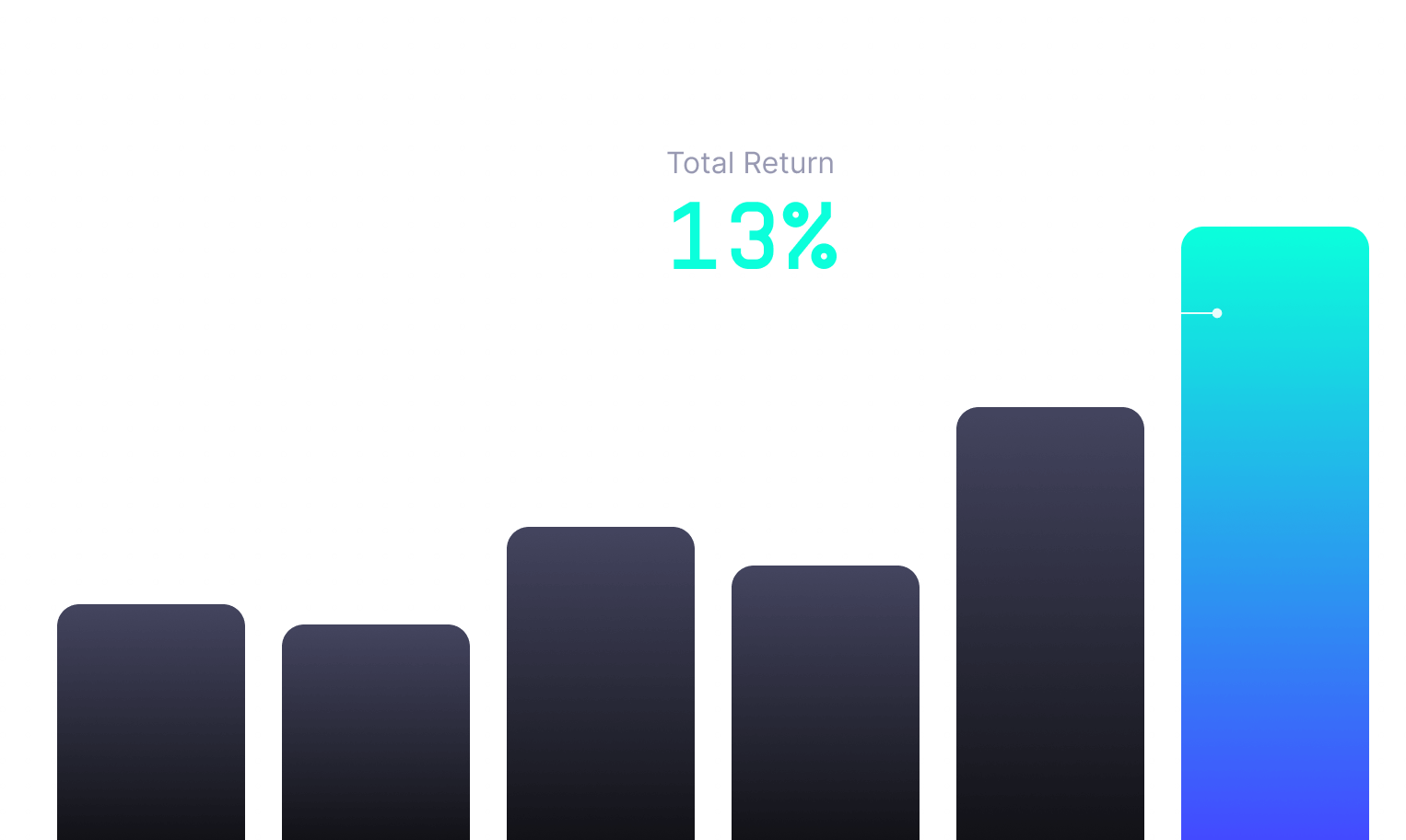Trading, simplified.
CoinQuant delivers pro-grade trading without the complexity. Build your strategy, backtest it instantly, and launch with one click.
Unlock pro tools without coding
Access quality data and ML at fair value
Bring design, testing & execution together
Reduce the impact of fees and slippage
Scale automation with smarter capital use
All-in-one platform
Natural-language & voice builder
Create complex trading strategies using text or voice commands
Lightning-fast backtests
Test your strategies against historical data in seconds
Cost-edge analytics
Gain insights into how fees and slippage affect your returns
One-click automation
Automated trading bots with bank-grade security and reliability
Build • Analyze • Automate
Speak or type any strategy
No-code input

Instant backtesting on 10,000+ assets
With fees & slippage up front

Optimize with AI insights
Optimize risk/return automatically

Automate your trades
Cost-optimized deploy — launch a bot with one click

Share & monetize
Publish strategies and earn on the marketplace

“I spoke one idea into CoinQuant, ran the test, and launched a bot on my lunch break.”
Alex K., software engineer
Supported exchanges
Trade where you already trade with secure API connections.


















Keys are encrypted end-to-end; never stored in plain text.


















.svg)







